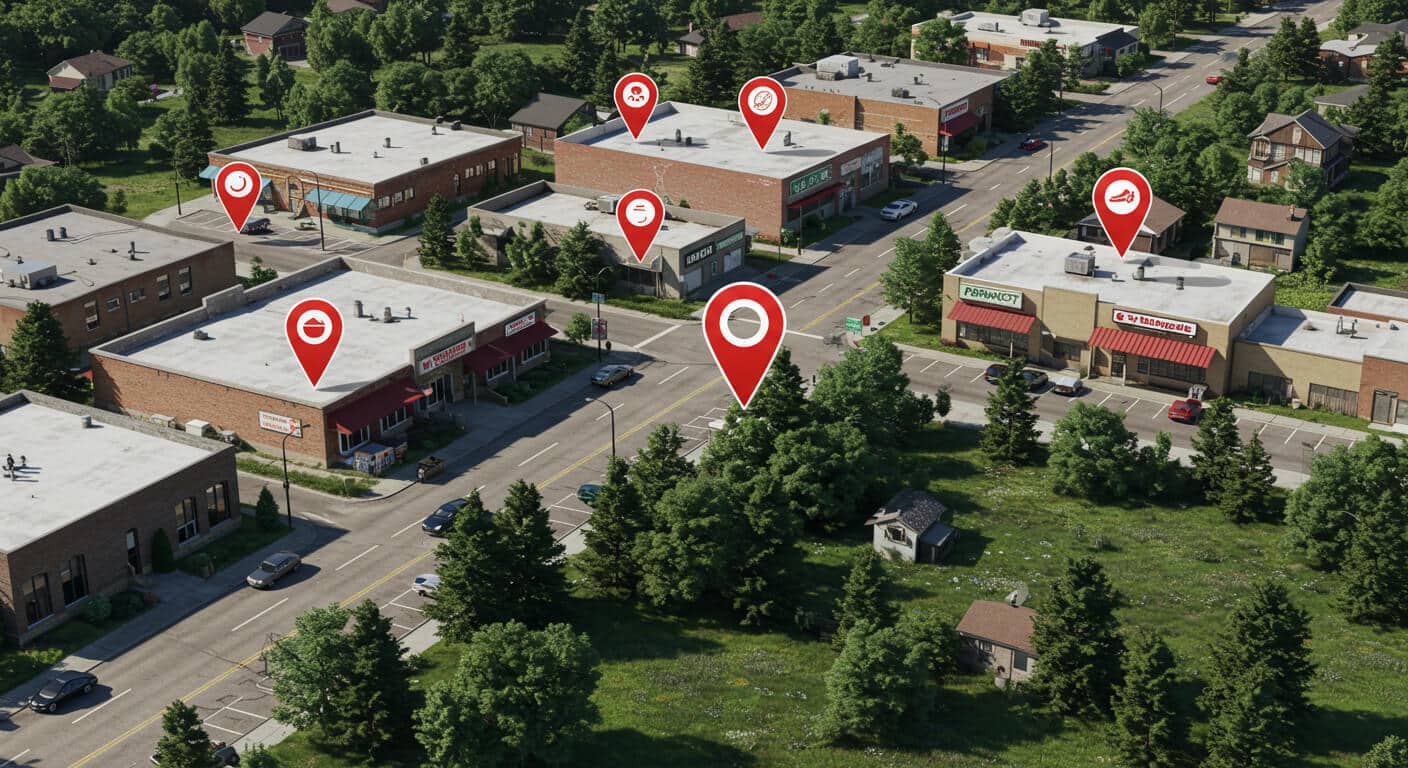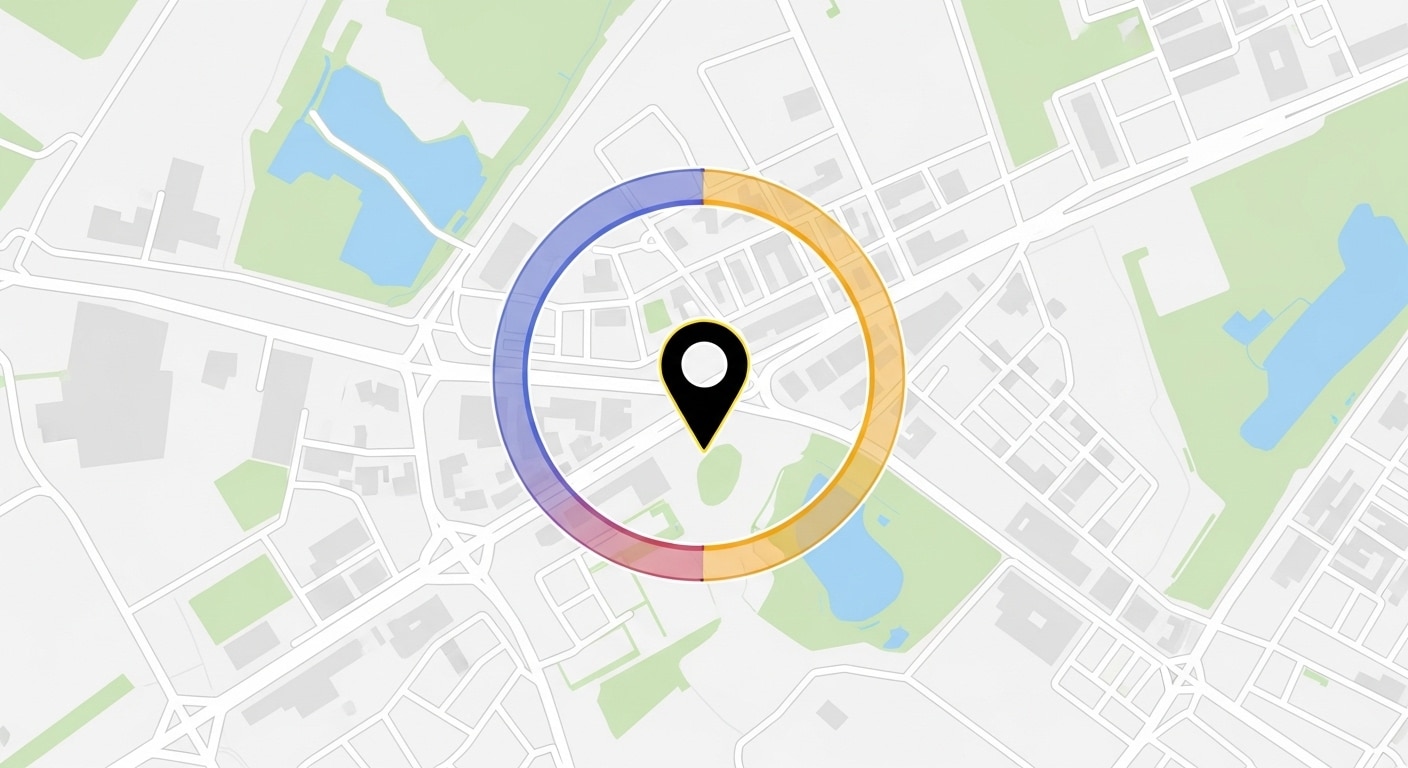
How AI-Driven Route Optimization is Transforming Navigation Apps in 2025
In 2025, AI-driven route optimization revolutionizes navigation apps, transforming simple GPS directions into intelligent, adaptive systems. These systems analyze real-time traffic, weather, vehicle specifics, and environmental factors to provide faster, safer, and more sustainable routes. Whether for businesses managing fleets or individuals navigating daily commutes, AI-driven route optimization is at the core of these advancements.
The Rise of AI-Driven Route Optimization
Artificial intelligence powers the new generation of route planning. By leveraging AI-driven route optimization, navigation apps process massive amounts of data, including historical traffic trends, live road conditions, and weather updates. This enables the creation of highly efficient routes that continuously improve over time.
Unlike traditional static maps, AI-driven route optimization adapts dynamically, reducing delays and fuel consumption. Businesses benefit from lower operational costs and improved delivery reliability. For example, Google Maps uses AI-driven route optimization to predict congestion and suggest the best departure times or alternative routes proactively.
Predictive Analytics: Planning with AI
One of the most impactful features of AI-driven route optimization is predictive analytics. Instead of reacting to current traffic, these systems forecast future conditions by analyzing historical data, local events, and seasonal trends.
This proactive approach helps logistics teams and drivers avoid bottlenecks before they occur, reducing last-minute route changes and ensuring on-time deliveries. Predictive analytics powered by AI-driven route optimization is especially valuable for companies handling large fleets or complex multi-stop routes.
Real-Time Traffic Updates and Dynamic Routing
Dynamic routing, a hallmark of AI-driven route optimization, uses live traffic data from GPS devices, traffic cameras, and user reports. Apps like MapMetrics and Google Maps instantly reroute drivers around accidents, construction, or heavy congestion.
This real-time flexibility minimizes travel time and driver frustration. Machine learning models within AI-driven route optimization continuously learn from traffic patterns to improve estimated arrival times and route suggestions, delivering a smoother driving experience.
Supporting Electric Vehicles and Sustainable Logistics
Sustainability is a key driver behind modern route optimization. With growing electric vehicle (EV) adoption, AI-driven route optimization now factors in EV-specific constraints such as battery range, charging station locations, and charging times.
Eco-friendly routing algorithms minimize unnecessary mileage and idle time, reducing carbon emissions. Some platforms like MapMetrics even track carbon footprints to help businesses meet environmental goals. Multi-modal routing solutions that combine electric bikes, drones, and traditional vehicles are coordinated through AI-driven route optimization to further reduce environmental impact.
IoT and Telematics Integration for Smarter Routing
The integration of Internet of Things (IoT) sensors and telematics enhances AI-driven route optimization by providing real-time vehicle diagnostics, fuel consumption data, and driver behavior insights.
This comprehensive data allows routing algorithms to optimize not only for speed but also for safety and cost-efficiency. By incorporating IoT data, AI-driven route optimization helps reduce vehicle breakdowns, maintenance costs, and improves overall fleet performance.
Personalized and Flexible Routing with Machine Learning
Machine learning enables AI-driven route optimization to offer personalized routes based on individual driving habits and preferences. By analyzing frequently traveled routes, preferred driving styles, and time-of-day patterns, apps tailor recommendations to each user.
Advanced algorithms, including reinforcement learning, allow AI-driven route optimization to dynamically adjust routes in response to changing conditions such as road closures or urgent delivery needs. This flexibility is crucial for logistics companies managing complex operations and for consumers seeking optimized travel experiences.
Business Benefits of AI-Driven Route Optimization
Businesses leveraging AI-driven route optimization enjoy numerous advantages:
- Faster Deliveries: Real-time and predictive adjustments reduce delays.
- Cost Savings: Lower fuel consumption and vehicle wear.
- Improved Customer Satisfaction: Accurate ETAs and live tracking.
- Sustainability: Reduced carbon emissions and support for EV fleets.
- Scalability: Efficient multi-stop and multi-vehicle route management.
The Future of Route Optimization
Looking ahead, AI-driven route optimization will be integral to autonomous vehicle navigation, enabling seamless planning for self-driving fleets. Vehicle-to-everything (V2X) communication will provide direct data from infrastructure and other vehicles, further enhancing routing accuracy and safety.
As AI-driven route optimization evolves, logistics will shift from reactive to fully proactive systems that anticipate disruptions before they occur. Sustainability will remain a priority, with green logistics becoming the industry standard.
Conclusão
In 2025, AI-driven route optimization is making navigation apps smarter, more adaptive, and environmentally friendly. By combining predictive analytics, real-time traffic updates, and EV-specific routing, these systems are reshaping how we navigate daily commutes and manage complex delivery networks. Embracing AI-driven route optimization is essential for businesses and consumers aiming to improve efficiency, reduce costs, and contribute to a greener planet.


